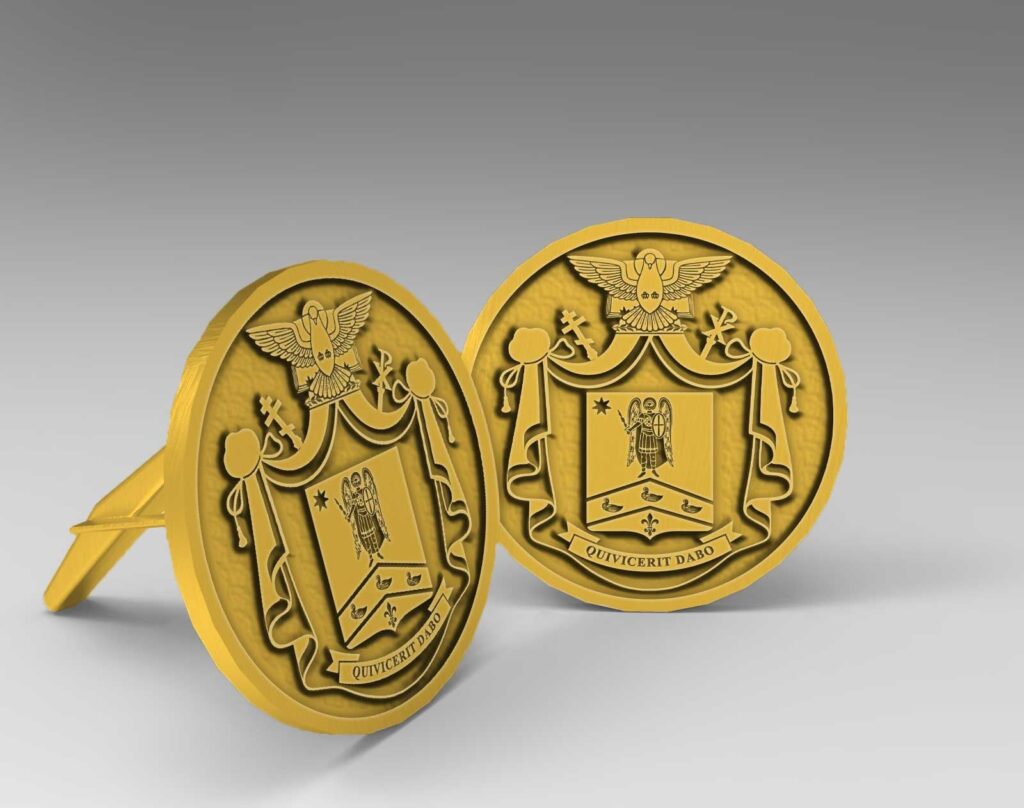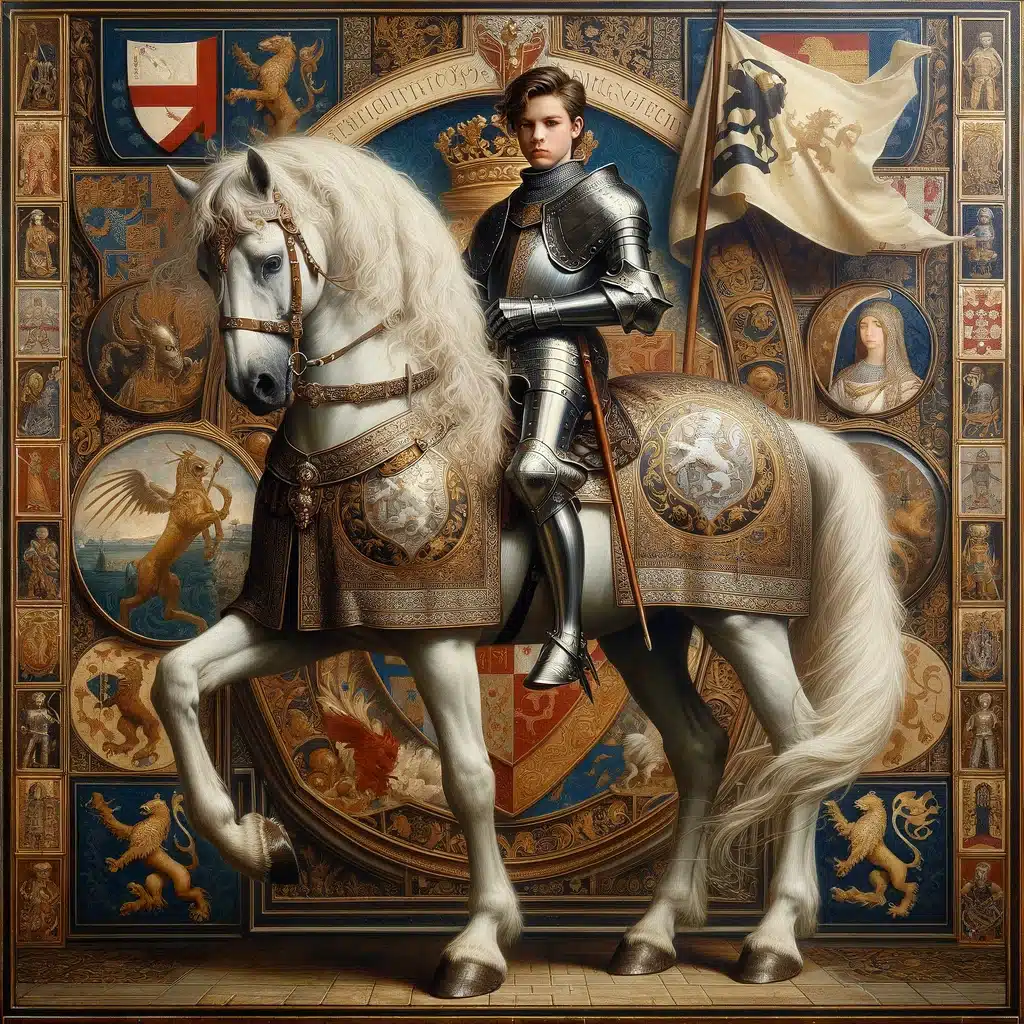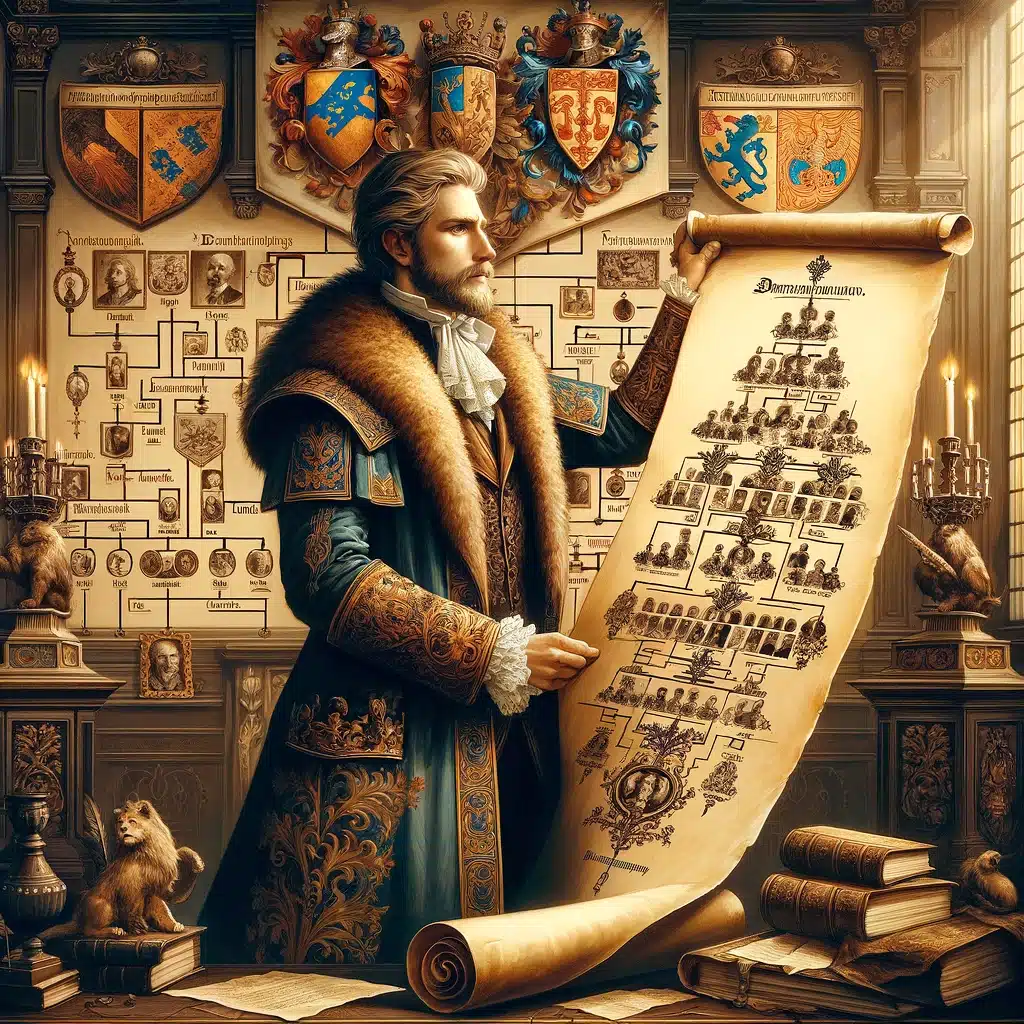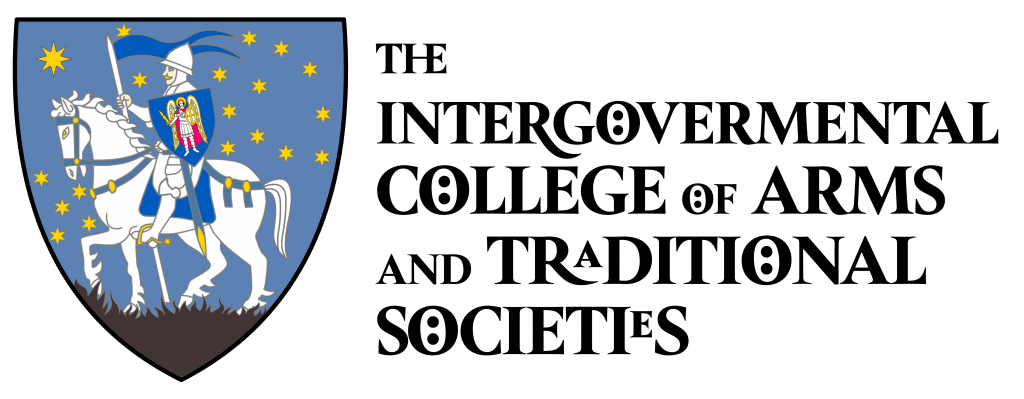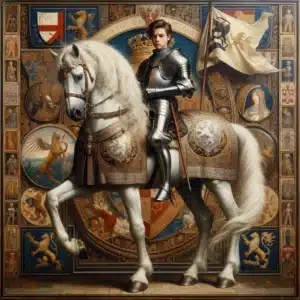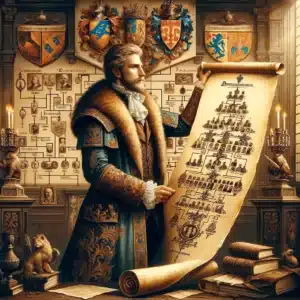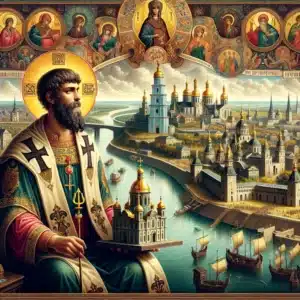Unearthing the Ancient Ties: Kiev and French Flanders
The intricate web of historical connections that bind regions across continents often narrate tales of diplomacy, trade, and cultural exchange. One such lesser-known but fascinating relationship is between Kiev, the heart of medieval Rus’, and the region known as French Flanders, now part of modern-day France. This article delves into the ancient links that intertwine these two distant lands, shedding light on a shared past that spans centuries.
Historical Prelude
Kiev, the vibrant capital of Ukraine, has been a significant cultural, economic, and political center since the 9th century. Its strategic location made it a crucial node in the network of trade routes between Scandinavia and the Byzantine Empire, known as the Varangian to the Greek routes. French Flanders, encompassing cities like Lille and Dunkirk, was equally significant in medieval Europe, known for its flourishing trade and textile industry.
Diplomatic Endeavors and Marriages
The first threads of connection between Kiev and French Flanders were woven through diplomacy and royal marriages, which were common practices for maintaining alliances and securing peace among European states and beyond. The marriage of Anna of Kiev to Henry I of France in 1051 is a notable example, showcasing the interplay of power and alliance-building between the East and West. While Anna hailed from the grand ducal family of Kiev, her marriage into French royalty symbolized a union of distant cultures and facilitated the flow of Eastern knowledge and customs into Western Europe.
The Hanseatic League and Trade Links
The expansion of the Hanseatic League, a powerful commercial and defensive confederation of merchant guilds and market towns in Northwestern and Central Europe, further cemented the economic ties between Kiev and French Flanders. Though primarily centered in the Baltic Sea and the North Sea, the League’s far-reaching trade networks facilitated the exchange of goods, ideas, and craftspeople between Kiev and the Flemish region, enriching both cultures.
Cultural and Religious Exchanges
Cultural and religious exchanges were also pivotal in linking Kiev and French Flanders. The Christianization of Kiev Rus’ in 988 under Vladimir the Great brought Eastern Orthodox Christianity to the forefront, influencing religious practices and art in the region. Meanwhile, French Flanders, under the influence of the Catholic Church, became a center for Gothic art and architecture. The interaction between these two regions may have influenced religious art and architecture, with Byzantine motifs finding their way into Flemish religious iconography and vice versa.
Legacy and Modern Perspectives
The ancient links between Kiev and French Flanders are not just historical footnotes but are embedded in the cultural, religious, and artistic legacies of both regions. The shared heritage is evident in architectural styles, religious artifacts, and even in the folklore that has been passed down through generations.
Conclusion
The ancient connections between Kiev and French Flanders illustrate the complexity and depth of historical relationships across Europe. These ties, formed through marriages, trade, and cultural exchange, highlight the interconnectedness of European history and the rich tapestry of interactions that have shaped the continent’s past. In rediscovering these links, we not only gain insights into the historical dynamics between East and West but also appreciate the enduring impact of these connections on the cultural and social landscapes of both regions.


